On the Drawing Board: Creating Cartoon Faces from Scratch
Do you ever wonder how cartoonists come up with those quirky and expressive cartoon faces? Creating cartoon faces from scratch can seem like a daunting task, but with the right techniques and tools, it can be a fun and rewarding experience. In this article, we will explore the process of creating cartoon faces from scratch, giving you an insight into the creative and technical aspects of cartooning.
Getting Started: Tools and Materials
Before you begin creating cartoon faces, it is important to gather the necessary tools and materials. While traditional pen and paper can work, many artists prefer to use digital tools such as drawing tablets and software like Adobe Photoshop or Illustrator. These digital tools offer a wide range of brushes, colors, and effects that can make the cartooning process easier and more versatile. Whichever tools and materials you choose, make sure you are comfortable and familiar with them before diving into the creative process.
Basic Shapes and Proportions
To create cartoon faces, it is essential to start with basic shapes and proportions. A common method is to break down the face into simple geometric shapes such as circles, ovals, and triangles. These basic shapes serve as a foundation for the features of the face, helping to establish the overall structure and proportions of the cartoon character. By mastering the art of simplifying complex facial features into basic shapes, you can create a wide variety of cartoon faces with ease.
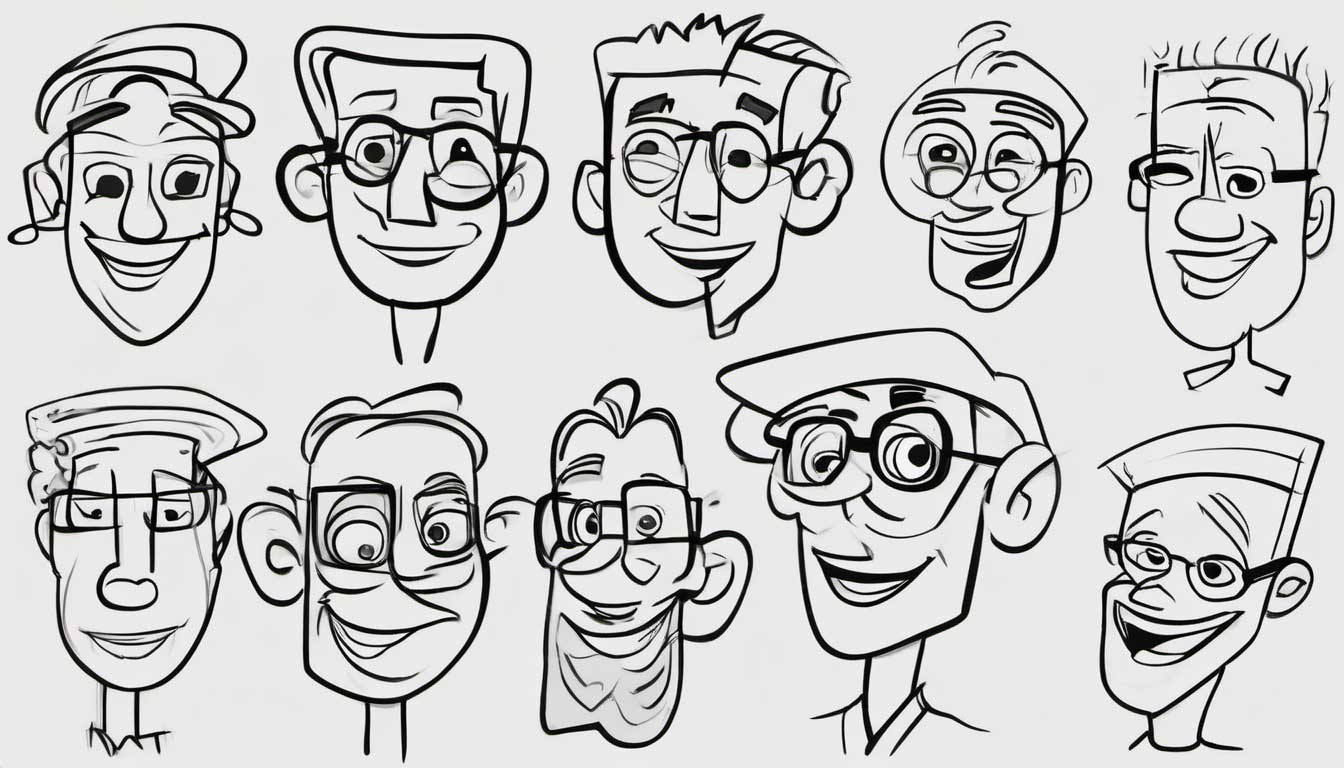
Expressive Eyes and Mouth
One of the most crucial parts of creating cartoon faces is the eyes and mouth. These features are often the focal point of a character’s expression and personality. It is important to experiment with different eye shapes, sizes, and positions to convey various emotions and characteristics. Similarly, the mouth can be manipulated in countless ways to create smiles, frowns, and other expressions. By understanding the nuances of eye and mouth expressions, you can breathe life into your cartoon characters and make them relatable to your audience.
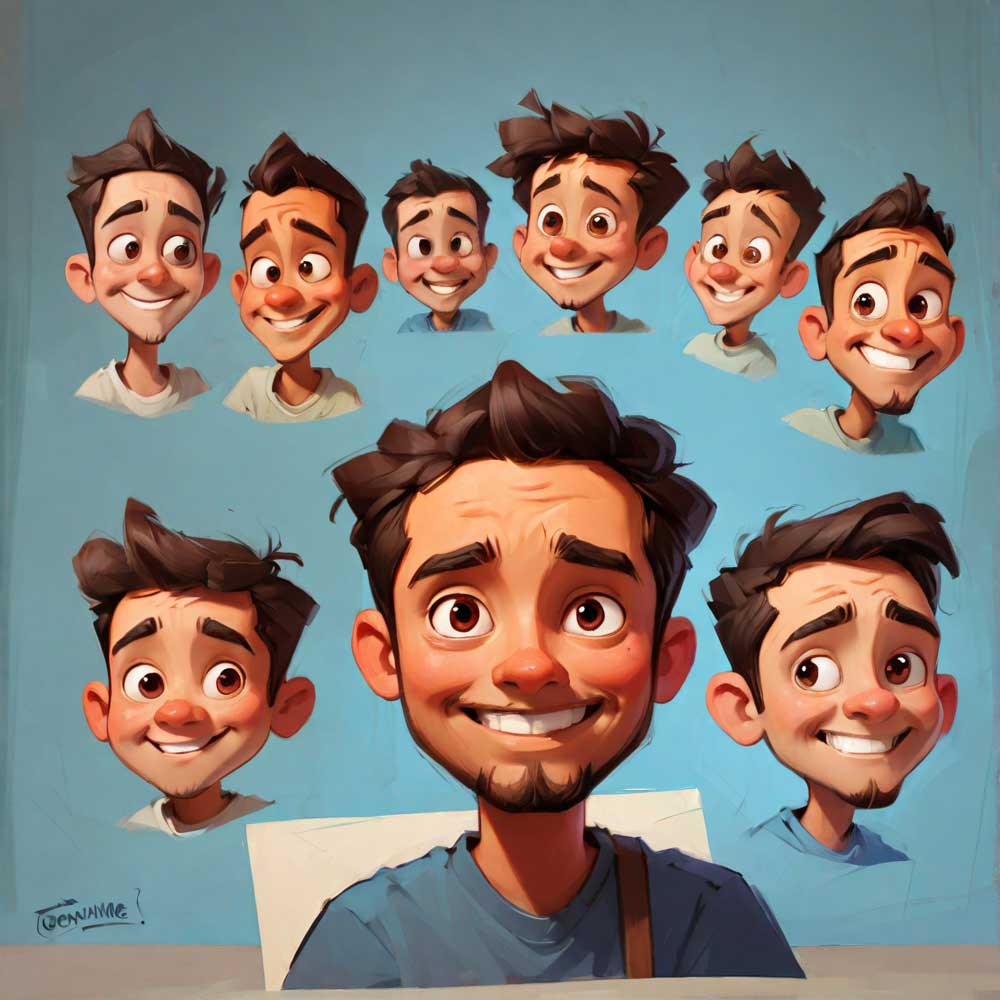
Adding Personality: Hairstyles and Accessories
Once you have established the basic facial features, you can further enhance your cartoon characters by adding hairstyles and accessories. Hairstyles can play a significant role in defining a character’s personality and style. Whether it’s wild and spiky or sleek and sophisticated, a character’s hairstyle can speak volumes about their individuality. Additionally, accessories such as hats, glasses, or jewelry can add an extra layer of personality to your cartoon faces, making them more distinctive and memorable.
Color and Detail
After completing the initial sketch of your cartoon face, it’s time to add color and detail to bring your character to life. Depending on your chosen medium, you can use a wide range of colors and shading techniques to add depth and dimension to your cartoon characters. Pay attention to the lighting and shadows to create a more realistic and immersive appearance. Additionally, adding small details such as freckles, wrinkles, or scars can further enhance the uniqueness of your cartoon faces.
Frequently Asked Questions
Q: Do I need to be an experienced artist to create cartoon faces from scratch?
A: Not at all! Anyone can learn to create cartoon faces with practice and dedication. While some basic drawing skills may be helpful, there are plenty of resources and tutorials available to help beginners get started in cartooning.
Q: Can I create cartoon faces using only traditional methods, or do I need to use digital tools?
A: You can certainly create cartoon faces using traditional pen and paper methods. However, using digital tools can offer additional flexibility and convenience, especially when it comes to editing and experimenting with different styles and effects.
Q: How can I develop my own unique cartooning style?
A: Developing a unique cartooning style takes time and experimentation. Start by studying different cartoonists and styles that inspire you, and then gradually incorporate elements that resonate with your own artistic sensibilities. With enough practice, your own unique style will emerge.
In conclusion, creating cartoon faces from scratch can be a fulfilling and enjoyable creative pursuit. By mastering the basics of facial proportions, expressions, and details, you can develop a diverse and imaginative cast of cartoon characters. Whether you choose to work with traditional or digital tools, the key is to experiment, practice, and let your creativity flow. So, what are you waiting for? Grab your drawing tools and start bringing your own cartoon faces to life today!

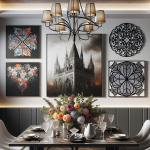


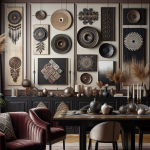

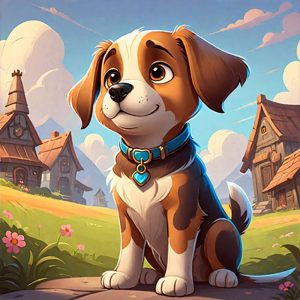
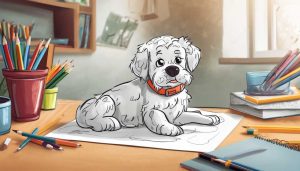
+ There are no comments
Add yours